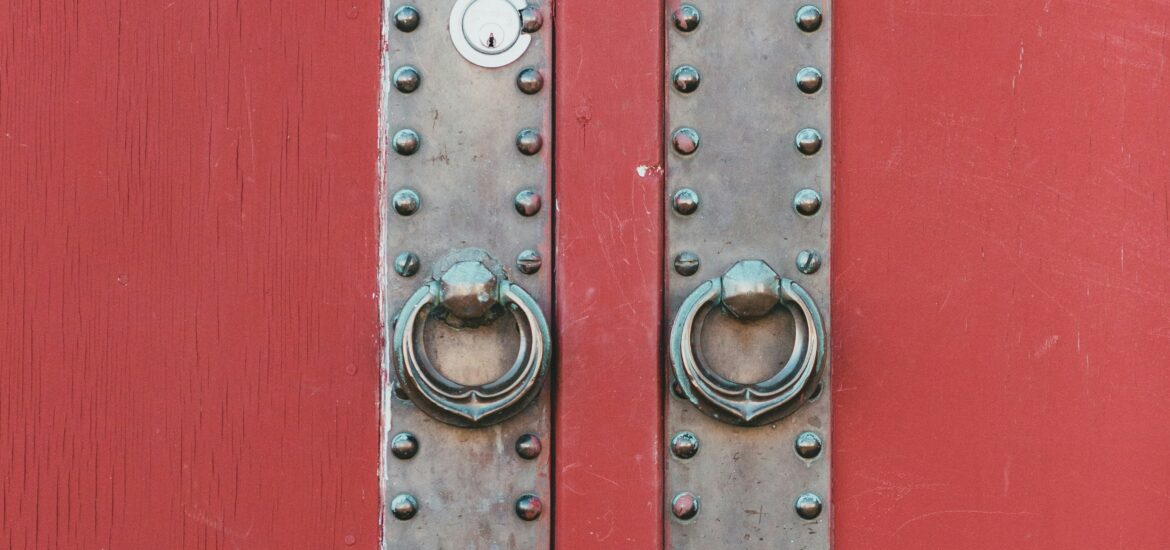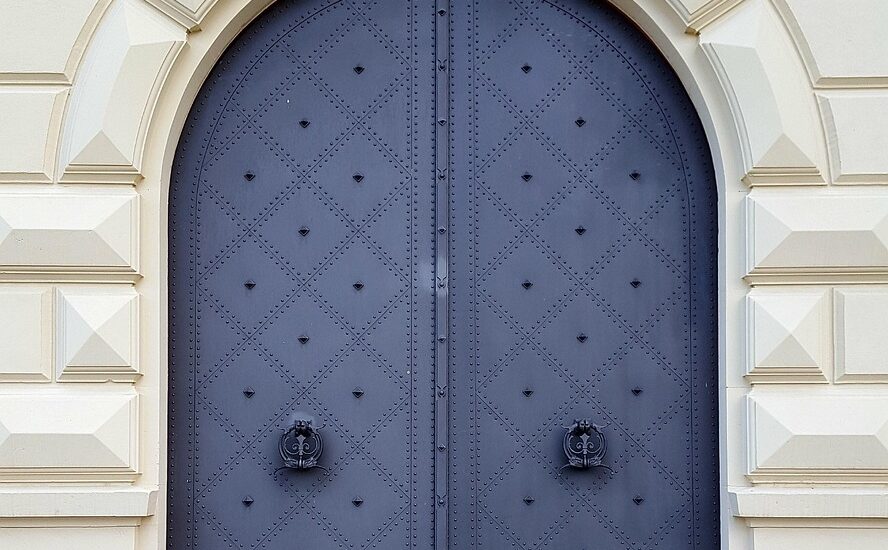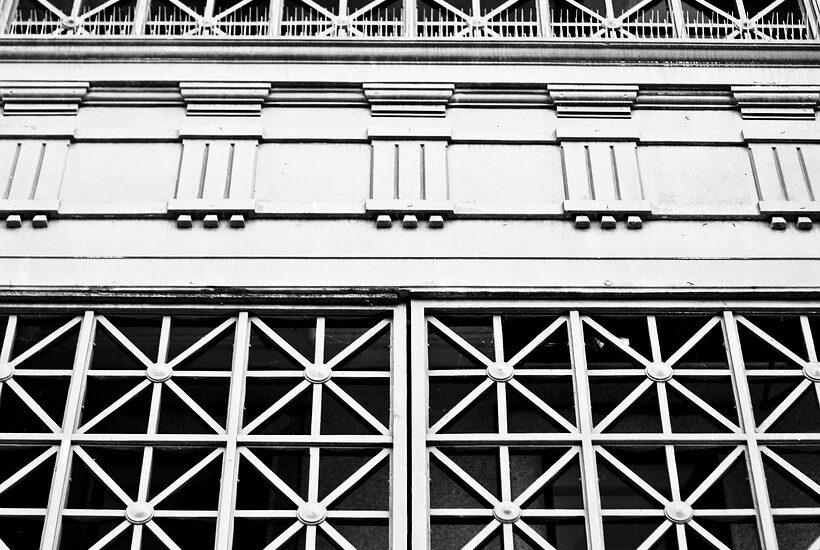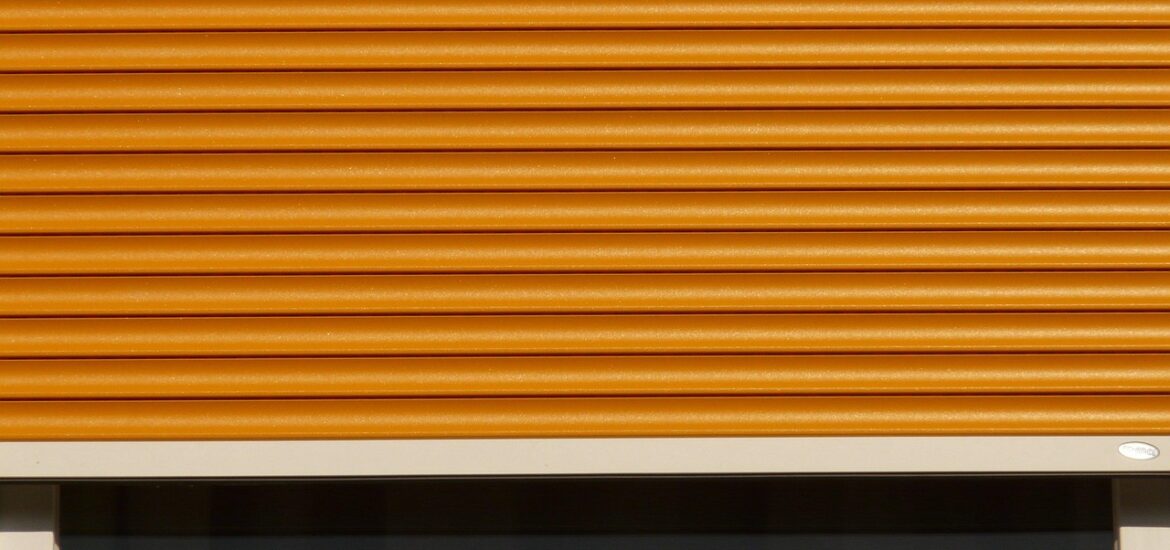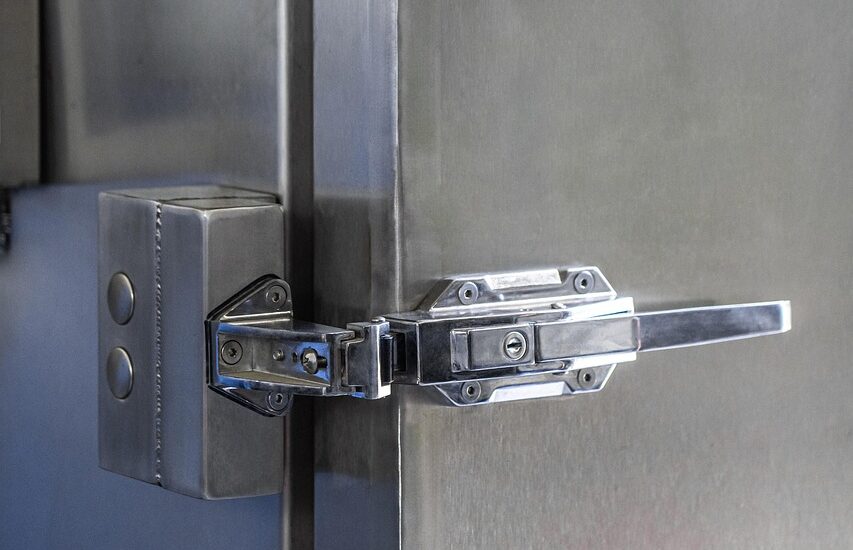When it comes to protecting your property, whether residential, commercial, or industrial, one feature stands out as the first line of defense: the door. In Wales, property owners are increasingly turning towards steel doors as a robust, stylish, and highly secure option. Among the leading providers in the region, AllSecure Doors LTD has built a solid reputation for delivering durable and customized steel door solutions that combine functionality with design.
In this blog, we’ll explore why steel doors are growing in popularity, their benefits, the types available, and why choosing AllSecure Doors LTD in Wales is the right decision for property owners seeking security and peace of mind.
Why Steel Doors Are Becoming Popular in Wales
Wales, with its mix of rural properties, modern housing developments, and thriving business hubs, faces a diverse range of security challenges. Traditional timber or uPVC doors, while common, often fail to provide the level of protection many property owners now seek. Steel doors, on the other hand, are virtually impenetrable, resistant to weather, fire, and forced entry.
With rising concerns about burglary and property damage, homeowners and business owners alike are opting for steel doors as a reliable solution. Beyond security, they also offer long-term durability, making them a cost-effective investment.
The Key Benefits of Steel Doors
Choosing steel doors is about much more than just safety. Here are the main advantages that make them a standout option:
1. Unmatched Security
Steel doors are designed to withstand break-in attempts that would easily compromise wooden or composite alternatives. Reinforced with high-grade steel and secure locking mechanisms, they give property owners the peace of mind that their homes and businesses are well-protected.
2. Weather Resistance
The Welsh climate can be unpredictable, with rain, wind, and frost taking their toll on exterior fittings. Steel doors are resistant to warping, rotting, or swelling – issues that often plague wooden doors. This makes them especially well-suited to properties in coastal or exposed areas.
3. Fire Resistance
Steel doors can act as an additional safety measure against fire hazards. Many models come with certified fire ratings, making them a reliable choice for commercial buildings, warehouses, and even residential properties.
4. Durability and Longevity
While timber doors may need replacing every 10–15 years, a well-maintained steel door can last decades. This long lifespan ensures that the initial investment pays off significantly over time.
5. Low Maintenance
Unlike wooden doors that require frequent painting or sealing, steel doors are easy to maintain. A simple wipe down and occasional lubrication of hinges and locks are often all that’s needed.
6. Versatility and Design
Modern steel doors are no longer just industrial-looking barriers. They can be customized to suit any property style, from sleek contemporary designs to traditional finishes. Powder-coated finishes, glass inserts, and decorative patterns mean you don’t have to sacrifice aesthetics for security.
Types of Steel Doors Offered by AllSecure Doors LTD
AllSecure Doors LTD in Wales specializes in a wide range of steel doors tailored for various needs. Some of their most popular options include:
1. Residential Steel Doors
Designed for homeowners who want both safety and style, these doors come in different finishes to match your property’s exterior. They combine strong security with appealing aesthetics.
2. Commercial Steel Doors
Perfect for offices, retail outlets, and hospitality venues, these doors are built for heavy usage while maintaining top-level security standards.
3. Industrial Steel Doors
Warehouses, factories, and industrial sites often require specialized doors for security and functionality. AllSecure provides robust, large-scale doors ideal for these environments.
4. Fire-Rated Steel Doors
Offering protection against fire hazards, these doors are essential for commercial and industrial properties to comply with building safety regulations.
5. Acoustic Steel Doors
For businesses that need noise control, such as studios or workshops, acoustic steel doors provide both security and sound insulation.
Why Choose AllSecure Doors LTD in Wales?
With many companies offering door solutions, why should you trust AllSecure Doors LTD? Here are the top reasons:
1. Proven Expertise
With years of experience, AllSecure has become a trusted name in Wales for steel door solutions. Their team understands the unique security needs of both homeowners and businesses in the region.
2. Custom-Made Designs
Every property is different. AllSecure specializes in bespoke steel doors, ensuring that each door fits perfectly and meets the client’s functional and aesthetic needs.
3. High-Quality Materials
The company uses only premium-grade steel and advanced locking mechanisms, guaranteeing durability and uncompromised security.
4. Local Knowledge
Being based in Wales, the team has deep knowledge of local property requirements, climate conditions, and architectural preferences.
5. Comprehensive Service
From consultation and design to installation and aftercare, AllSecure Doors LTD provides a full-service experience. Customers benefit from expert advice, professional fitting, and ongoing support.
Where Can Steel Doors Be Used?
Steel doors are incredibly versatile and can be installed in a wide variety of settings across Wales:
- Homes: Front doors, back doors, and garage entrances.
- Shops & Offices: Secure entry points to protect staff, assets, and stock.
- Warehouses & Factories: Industrial-strength doors for heavy-duty use.
- Schools & Hospitals: Fire-rated and secure doors for safety and compliance.
- Apartments & Flats: Secure communal entrance doors for peace of mind.
Investing in Security and Peace of Mind
A door is not just an entry point; it’s a barrier between safety and vulnerability. Choosing a steel door from AllSecure Doors LTD is an investment in protecting what matters most, your family, your business, and your property.
In today’s world, where security risks are an ever-present concern, taking proactive measures is crucial. Steel doors offer not only physical protection but also the reassurance that you’ve taken a solid step toward safeguarding your future.
Final Thoughts
If you’re based in Wales and looking for a reliable, secure, and stylish solution for your property, steel doors from AllSecure Doors LTD are the perfect choice. With their proven expertise, high-quality craftsmanship, and dedication to customer satisfaction, AllSecure continues to set the benchmark for steel door solutions in the region.
Your door is the first impression visitors see and the first line of defense against intruders and natural elements. By choosing steel doors, you are investing in strength, safety, and durability without compromising on design.
So, whether you’re securing a home in Cardiff, a shop in Swansea, or a warehouse in Newport, AllSecure Doors LTD has the right steel door solution for you.

